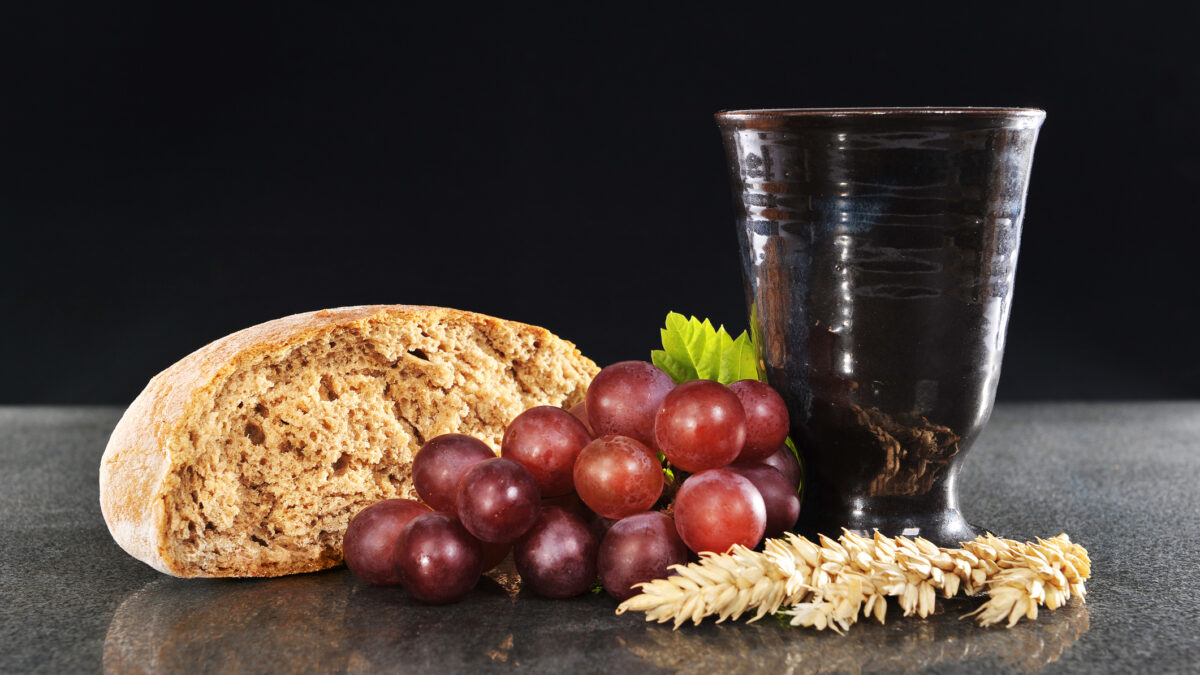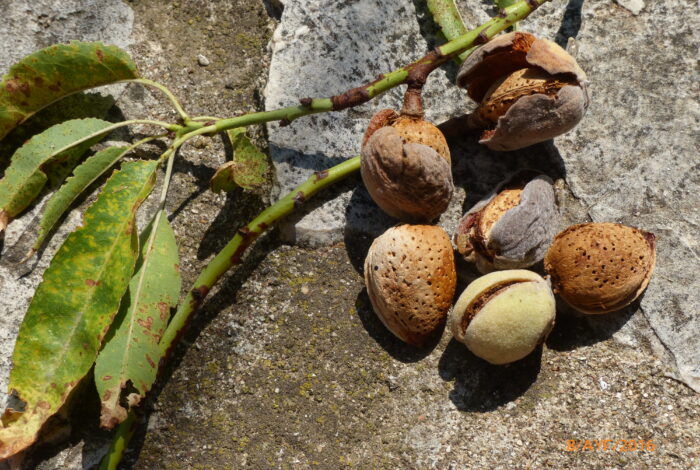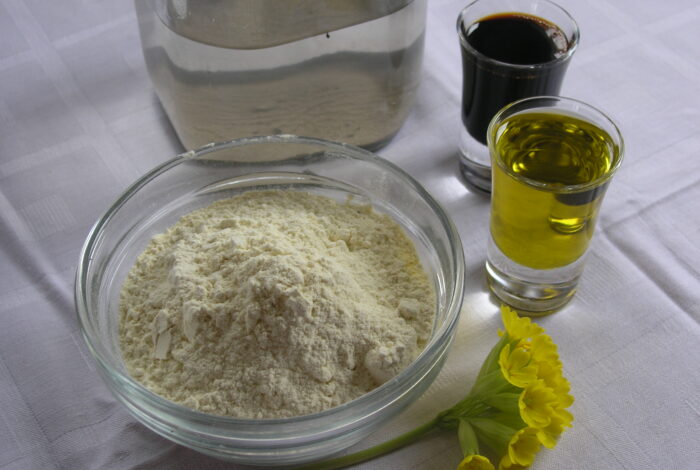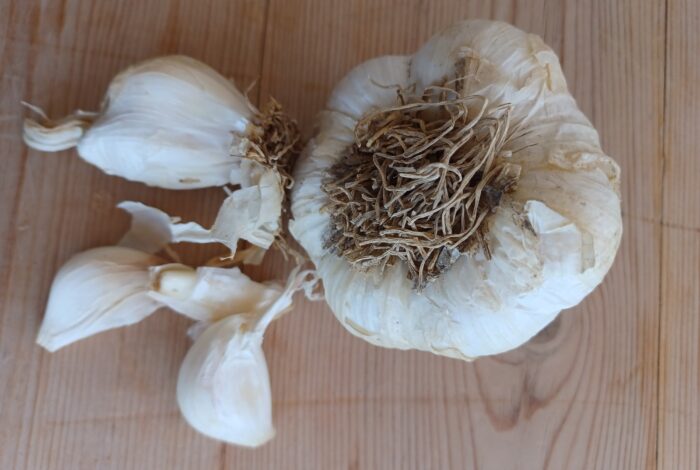In their festive meals, monks adhere to certain rules which combine the joy of the feast with monastic austerity and intense spirituality. On such days, the food is richer than on ordinary days but remains simple and modest. The goal is to thank the Lord for His bounty, not to stimulate the senses.
Meat is usually avoided in the monasteries, even on the Greek Orthodox Church’s great feast days, such as Christmas, Easter and the ‘Dormition of the Theotokos’ on 15 August. It is invariably replaced with fish, usually prepared according to traditional recipes with seasonal vegetables as side dishes. Classic dishes include oven-cooked cod ‘plaki’, oven-roasted bream, or fish stew with vegetables, bulgur wheat or rice.
Fish is a major symbol in Christianity and is considered to be a blessed food. At the same time, it is nutritious and light, and is suitable to the feast’s spiritual aspect.
If a festive meal happens to fall within a fasting period, the monks instead prepare seafood dishes, such as octopus with macaroni, cuttlefish with spinach, stuffed squid, mussel pilaf and other pasta with seafood. Seafood is a fasting food that is fully in line with the monastic diet. The sweets consumed follow the same principle, often prepared with the addition of dairy and eggs when the feast does not fall during strict fasting days.
Festive meals often include various pies, filled with seasonal greens and vegetables from the monastery vegetable gardens, and cheese pies when permitted by the fasting schedule. Bread cooked in the monastery ovens is present at festive tables and is often enriched with nuts, raisins, or sesame seeds.
On feast days, monks are also permitted to drink wine, usually from the vineyards owned by the monastery. Wine is consumed in moderation and with gratitude for the joy of the feast.
Festive meals at monasteries are both a spiritual and a culinary experience. They bring together tradition and reverence, and remind us of the importance of humility even in times of joy. Meals are a collective affair, an opportunity for monks to come together, reinforcing their sense of brotherhood and community.
Foods served at monastic feasts remain modest, blessed and imbued with love of simplicity and creativity. However, in certain cases visitors to monasteries during festive periods may choose to eat foods made specifically for them, which may also contain meat. This depends on the abbot of each monastery and how strictly they impose the monastic dietary rules on visitors.










